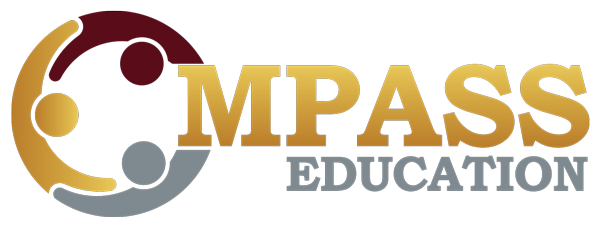Math as a Sexist Subject
We are at the halfway point in this whirlwind of a series. At this point I guess I’m seeing how many “ists” I can call math and not scare everyone away. This is all about the history and societal norms of keeping women out of math, either explicitly or implicitly. As with much of my writing, the goal isn’t to claim causation, but to highlight connections worth reflecting on. I should also note that I come to this with a particular lens: much of my graduate research centered on gender inequities in sports, so this is familiar territory for me.
Staggeringly it wasn’t until the 1960’s that finishing schools where no longer the major form of “higher” education for women. Finishing schools were made for young women of affluent descent to teach them social graces and etiquette. Throughout the years they added a bit more subjects such as foreign languages, urban affairs, elementary teaching, and business practices (the last two would have been only offered at a few schools). Just to be 1000% clear no math or science courses were ever taught at finishing school. Therefore, before the 1960’s the majority of women had no post-secondary math courses. Yes, women could and did enter STEM fields as far back as 1678, when the first woman earned a degree in science, but those stories were the rare exception.
I would like to take a brief side bar to highlight some of the groundbreaking work from a true group of Boss Ass Bitches!! Elena Cornaro Piscopia (1678), was the first women on record to get a degree in a science related field. She graduated with a degree in Philosophy from the University of Padua. Maru Andrea Casamayor (1738) was the first woman on record to published influential works on arithmetic, becoming a pioneer in the field. She did not have a formal degree and was self-taught and was forced to publish under the male pseudonym, “Casandro Mamés de La Marca y Araioa.” Rounding out this fine group of girl bosses is an astonishing trio of pioneers in Engineering and Technology. Elisa Leonida Zamfirescu (1912), was the first woman to graduate from the Royal Academy of Technology in Berlin with an engineering degree, and as one of the first woman engineers in the world. Edith Clarke (1919) was the first woman to earn a Master of Science from MIT in electrical engineering. Katharine Burr Blodgett (1889-1979) was the first woman to be awarded a Ph.D. in physics from the University of Cambridge in 1926. Many times, powerful, world changing women get erased from the HIS-tory we are taught. I wanted to give them a glimmer of spotlight that they so longing deserve. If you have made it through all this, I challenge you to find and share at least 1 more pioneering women in a STEM field.
Back on track after a much-needed side quest. I found it astonishing that a majority of women went to finishing school until the 1960’s. It’s no surprise that cultural norms positioned men as the ones responsible for household finances. By the mid-1950s, only two years of math were required for high school graduation, and most women didn’t study beyond geometry—geometry and Algebra 1 that looked very different from today’s versions. To compare to today’s content if a student only completed the required 2 years of math they would have close to a 7th graders content skill today. That’s enough for daily life, but far below current expectations.
While pondering the question of why and how this phrase of “just not a math person” came about I kept getting stuck on the gatekeeping of math. For my mom and grandmother, it wasn’t just abstract history—it was their lived reality. It is commonly shown that women were kept out of the finances of the household as it was “too” complex of a concept for the average woman to manage. Until 1974, women in the U.S. couldn’t even open a bank account without a male co-signer. Imagine being told by law that you weren’t capable of managing finances, it shouldn’t be a surprise then that generations of women internalized this message as truth.
I often recall the story of how my mom was pressured to not take Calculus in high school (1987). Even though she was one of the top performing math students in the building because “wouldn’t she be better off taking home economics to be a better wife and mother.” That was just one generation after women could finally open credit cards on their own, and only a generation or two removed from the dominance of finishing schools. By that measure, we’ve come a long way in a relatively short time. But the shadow of that history lingers, offering one explanation for how the idea of being “not a math person” became so widely accepted.
